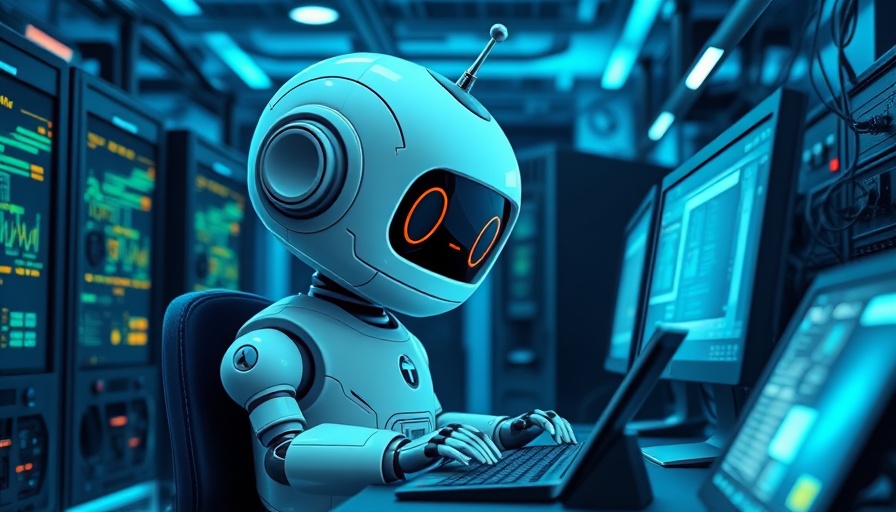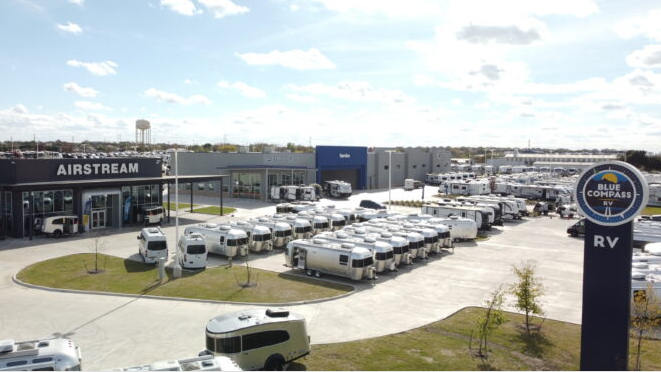
Revolutionizing User Interaction: AI Automation Takes Center Stage
The evolution of graphical user interfaces (GUIs) is upon us as artificial intelligence becomes increasingly adept at managing these systems. Recent insights from Microsoft and its academic collaborators show that AI powered by large language models (LLMs) is now capable of manipulating GUIs with the same ease as a human. This advancement signifies a potential transformation in how we interact with computer systems. By responding to natural language requests and handling intricate tasks, these "GUI agents" are set to change the way software operations are performed, acting much like a digital assistant.
Future Predictions and Trends in AI Automation
With AI innovations rapidly evolving, notable tech giants are already integrating these capabilities into their ecosystems. Microsoft's Power Automate and Copilot, Anthropic's Computer Use for Claude, and Google's forthcoming Project Jarvis highlight this trend. These advances promise a potential market growth from $8.3 billion in 2022 to $68.9 billion by 2028, driven by enterprises keen to automate and simplify user interfaces. The adaptability and efficiency of AI in GUI handling are seen as a significant leap forward, uniquely positioning businesses ahead of the curve.
Enterprise Challenges: Navigating the Path to Adoption
Yet, the journey to widespread adoption is not without hurdles. Privacy issues, computational power constraints, and ensuring data security pose significant challenges. Companies must navigate these concerns by investing in efficient, secure AI models that operate locally. Addressing these challenges will require a strategic approach, balancing innovation with security, thus paving the way for successful integration in dynamic environments.
Unique Benefits of Knowing This Information for Executives
Understanding the potential of AI-driven GUI automation provides a strategic advantage for industry leaders. It allows for enhanced operational efficiency, reduced manual intervention, and a broadened scope of task management. With AI doing the heavy lifting, executives can focus on driving their organizations strategically and innovatively forward.
 Add Row
Add Row  Add
Add 




Write A Comment